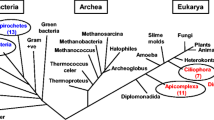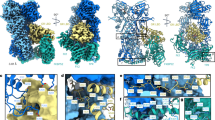Abstract.
Immunophilins are chaperones that may also exhibit peptidylprolyl isomerase (PPIase) activity. This review summarizes our knowledge of the two largest families of immunophilins, namely cyclophilin and FK506-binding protein, and a novel chimeric dual-family immunophilin, named FK506- and cyclosporin-binding protein (FCBP). The larger members of each family are modular in nature, consisting of multiple PPIase and/or protein-protein interaction domains. Despite the apparent difference in their sequence and three-dimensional structure, the three families encode similar enzymatic and biological functions. Recent studies have revealed that many immunophilins possess a chaperone function independent of PPIase activity. Knockout animal studies have confirmed multiple essential roles of immunophilins in physiology and development. An immunophilin is indeed a natural ‘protein-philin’ (Greek ‘philin’ = friend) that interacts with proteins to guide their proper folding and assembly.
Similar content being viewed by others
Author information
Authors and Affiliations
Corresponding author
Additional information
Received: 7 May 2006; received after revision 3 July 2006; accepted 24 August 2006
Rights and permissions
About this article
Cite this article
Barik, S. Immunophilins: for the love of proteins. Cell. Mol. Life Sci. 63, 2889–2900 (2006). https://doi.org/10.1007/s00018-006-6215-3
Published:
Issue Date:
DOI: https://doi.org/10.1007/s00018-006-6215-3




